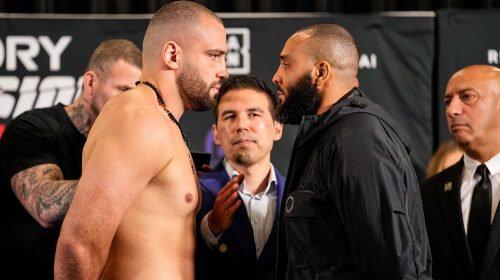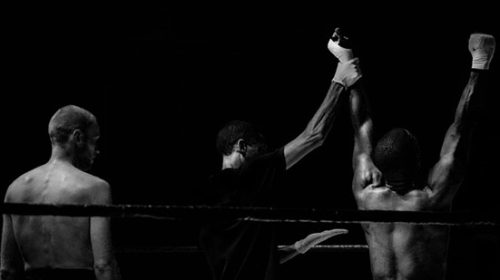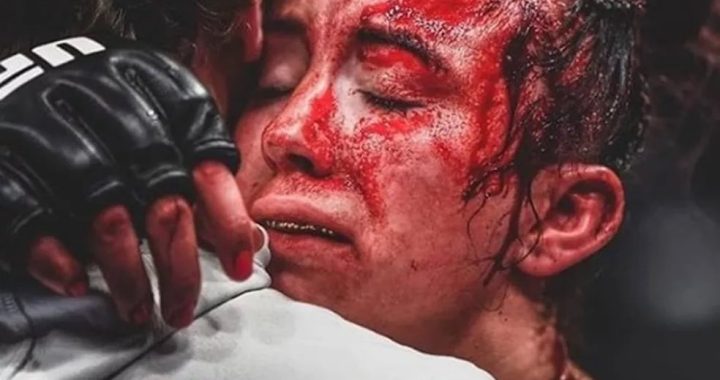
Conor McGregor in Three Moves
The most “notorious” man in MMA, Conor McGregor returns to the octagon this weekend for the first time in over a year to take on ‘Cowboy’ Cerrone in the main event of UFC 246 in Las Vegas. Despite what you think of his antics outside of fighting, McGregor is without a doubt one of the cleverest strikers the sport has ever seen and today we are going to break down three techniques that makes him so special.
The first technique is McGregor’s long leading left straight down the middle. The left straight is obviously his money punch, and a lot of his style revolves around setting up the left. On the lead, McGregor will pressure opponents to the cage with a series of feints, jabs, and front kicks to the body to manipulate the opponent’s rhythm and timing while allowing him to set the pace and range of the fight. Once the opponent is near the cage, McGregor will start firing off left straights with a variety of setups. One of his favorite setups is a leaping lead uppercut outside of the opponent’s guard which creates a dominant angle for the left. He relied on this variation of the corkscrew uppercut a lot early in his career but these days he elects to use his timing, accuracy, and opponents’ expectations to set up the left.
For how Conor McGregor uses the opponent’s expectations to land the left, notice the clips against Chad Mendes above. In the first clip, he feints the left and then the lead hand before stepping outside of the guard and landing the left for real this time. Since the opponent is so focused on the left hand and the power behind it, they might bite on feints more than usual which opens up more opportunities for McGregor.
McGregor’s leading abilities are great, but it’s his prowess on the counter that makes him so special and tricky to deal with on the feet. As a counter striker, McGregor must make opponents overcommit and fall short with their strikes, which is no easy task at the highest levels of the sport. To force opponents to come forward, McGregor will cut the cage off from his opponents and look for long left hands and front kicks to the body until they are flustered like above. Once they are trapped along the cage, McGregor will continue to pepper them with quick strikes until they get frustrated enough to come forward with a desperation punch which allows McGregor to step back and counter. This pressure countering style is exceedingly difficult to deal with because it allows the fighter to simultaneously mix in leading attacks with counters, so the opponent never really knows what he is looking for.
But this doesn’t mean his counters are unbeatable. In fact, Chad Mendes was the first person to show how you can manipulate McGregor’s countering instincts and use it against him. McGregor’s countering relies on opponents overextending on their strikes and using distance manipulation to create a false sense of security where his opponents think they are out of range to be hit or close enough to hit him. Mendes knew this coming in and instead of getting flustered and flailing forward like everyone else before him, Mendes came forward in short bursts before resetting at distance and stayed calm in the pocket. McGregor was hardly able to land any counters and had to rely on his leading attacks to finish him later in the fight. This showed that Conor McGregor doesn’t need his counters to win a fight, but it also showed you can manipulate his timing and take away his counters with short bursts of action and level changes.
The final aspect of McGregor’s game that we will go over are his kicks. McGregor’s kicks have always been severely underrated, and he is a master at using them to set up the left hand. Since McGregor is always looking for the left straight, opponents will circle towards his right to avoid it. To deter this, McGregor will throw a spinning back kick or wheel kick to the right side to force them to circle into his left hand. If the kick lands that’s great, but the true intention is to limit the opponent’s opportunities to circle away from his pressure and left hand.
The other kick Conor McGregor employs to set up his left hand is a jumping taekwondo kick also known as the bicycle kick. Notice how he lifts the lead leg as if to go for a low line kick, and then leaps forward with the other leg. Again, if the kick lands it’s just a bonus. The true intention is to close the distance to set up a short left hand with the opponents back to the cage. He picked Max Holloway apart with this technique in the opening round of their bout, and since Cowboy always backs himself to the cage, look for McGregor to use this set up again.

























